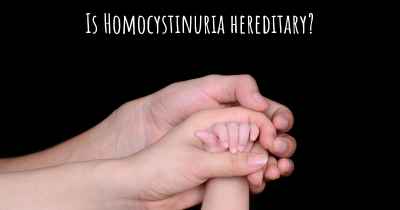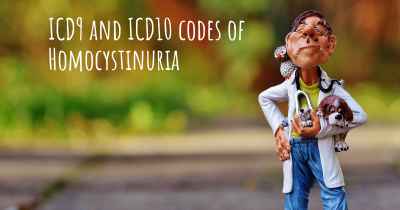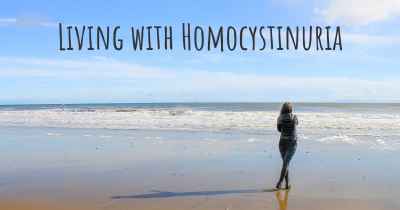What is the history of Homocystinuria?
When was Homocystinuria discovered? What is the story of this discovery? Was it coincidence or not?

Homocystinuria is a rare genetic disorder that affects the body's ability to process an amino acid called methionine. This condition was first described in the medical literature in the early 1960s by two separate research groups, Dr. J.J. Carson and Dr. I. Boers, and Dr. R. Mudd and Dr. R. Levy. They independently identified and characterized the disorder, laying the foundation for further research and understanding of Homocystinuria.
Homocystinuria is caused by a deficiency of an enzyme called cystathionine beta-synthase (CBS), which is responsible for breaking down methionine. Without this enzyme, homocysteine, a toxic amino acid, accumulates in the body. The excess homocysteine can lead to a wide range of symptoms and complications, affecting various organ systems.
Early studies on Homocystinuria focused on understanding the biochemical basis of the disorder. Researchers discovered that the accumulation of homocysteine was due to a genetic mutation in the CBS gene, which is located on chromosome 21. This finding provided crucial insights into the underlying cause of Homocystinuria and paved the way for genetic testing and counseling.
Genetic testing became an essential tool in diagnosing Homocystinuria and identifying carriers of the condition. It allowed for early detection and intervention, which significantly improved patient outcomes. Additionally, genetic research led to the identification of different types of Homocystinuria, each associated with specific mutations in the CBS gene.
Over the years, researchers have made significant progress in understanding the clinical manifestations and complications of Homocystinuria. They observed that individuals with Homocystinuria often exhibit a range of symptoms, including intellectual disability, skeletal abnormalities, eye problems, cardiovascular issues, and thromboembolic events. These symptoms can vary widely in severity and presentation, making diagnosis and management challenging.
Early intervention and treatment strategies have been developed to mitigate the effects of Homocystinuria. One of the primary approaches is dietary management, which involves restricting methionine intake and supplementing with specific nutrients such as vitamin B6, vitamin B12, and folate. This helps to lower homocysteine levels and prevent the development of complications.
Advancements in medical technology and research have also contributed to the understanding and management of Homocystinuria. Newborn screening programs have been implemented in many countries, allowing for early detection and prompt intervention. Additionally, the development of enzyme replacement therapies and gene therapies holds promise for future treatment options.
Support organizations and patient advocacy groups have played a crucial role in raising awareness about Homocystinuria and supporting affected individuals and their families. These organizations provide resources, education, and a platform for individuals to connect and share their experiences.
In conclusion, Homocystinuria is a rare genetic disorder that was first described in the early 1960s. The discovery of the underlying genetic mutation and the identification of the CBS gene provided a foundation for further research and understanding of the condition. Genetic testing, early intervention, and dietary management have become key strategies in managing Homocystinuria. Ongoing research and advancements in medical technology offer hope for improved treatment options in the future.








